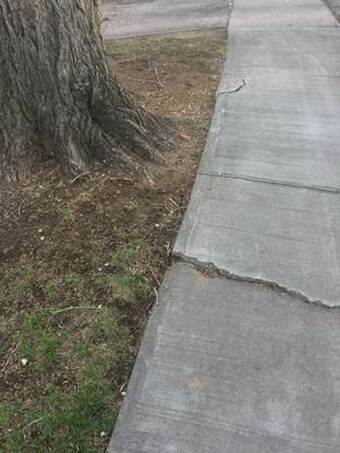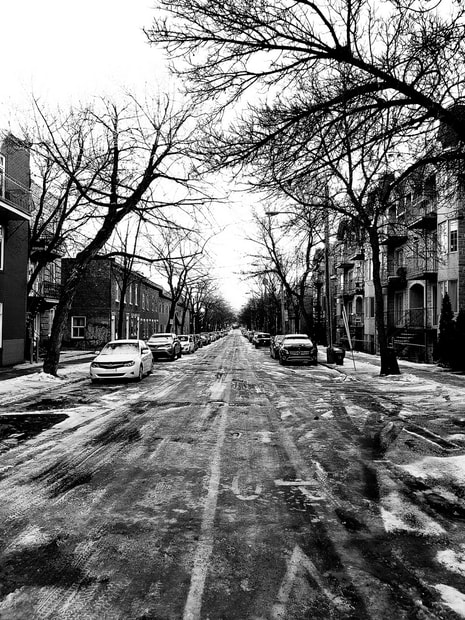
Assuming you are not the most unobservant person that has ever existed you are most likely aware of the trees that surround you every day you live your life. There are trees in the yards, lining the streets, in the parks, and everywhere you look you will most likely see a tree. You have also most likely seen some of the havoc that trees can cause in communities like,

Unfortunately these downsides are the ones that tend to get the most press coverage and they are made to seem to be the most common things that happen when tree and communities collide. But when you highlight the damage a tree has cause especially after a storm you are forgetting about the other 364 days where that tree did nothing wrong. So I want to take the time to highlight some of the benefits that trees can bring to our communities like,
Reducing Pollution Tree can and do reduce air pollution a couple of different ways. One way is through interception with the trees leave, branches and trunks. Larger particular matter gets caught on the tree and then is washed down into the ground during the next rain event. Another common way is direct absorption into the tree through the leaf stomata. Atmospheric pollutants and other gases like CO2 are absorbed by the leaves and then tree typically either uses them to grow like CO2 or converts them to other useful compounds. Controlling Storm water In 2010 the Department of Natural Resources in Indiana conducted a statewide survey of street tree in an effort to determine the environmental and economic benefits of its community’s street trees. It found that around 52% of the economic benefits were found in the aesthetics created by the trees. That’s cool I guess but beauty is in the eye of the beholder they say and I am much more interested in number two slot which is storm water benefits. They found that storm water control contributed 32% of the overall economic benefits the street trees generated. This amounts to around 24,000,000 million dollars according to this study. That is quite a bit of money especially considering that this is only a survey of street trees and not park, cemeteries, yards and other places trees may be. Shading Homes and Business This is perhaps the most and the least understood benefit that trees provide in our daily lives. Trees cast shade right and if you sit under that shade you are protected from the sun and as a result are cooler. Well the same principle applies to your house if you plant trees so that your house is shaded on the west and southern sides they will shade your home and keep it cooler. This cooling effect can result to up to 35% reduction in cooling needs. If you also position trees to shade your AC unit it will run more efficiently and save you money that way as well. Not only do shade tree make home and business more energy efficient they also increase property values up to 20% and can increase business sales up to 11%. All of this results of course to more money in your pocket. The Moral of the Story When you get right down to it trees in the long run provide enough benefits to more than outweigh the cost of having them overall. The reason that they have such a bad reputation in urban communities is many times the result of poor planting choices and not paying enough attention to the trees in your care. An example of this that I find commonly in my area is the planting of Silver Maples in three foot wide planting area. The end result of the damaged sidewalk is almost inevitable assuming the tree grows to maturity. This could have been avoided if a different tree species was selected or is the planting area had been bigger. So go out and plant a tree. Sources: http://www.davey.com/media/183712/stormwater_to_street_trees.pdf https://www.arborday.org/trees/climatechange/summershade.cfm
0 Comments
Leave a Reply. |
AuthorHello my name is Josh Larson and I am the creator of the Green Living Library. Here on the blog you will find updates to content found in the Green Living Library as well as stories from those living the sustainable life already. Archives
December 2021
Categories
All
|